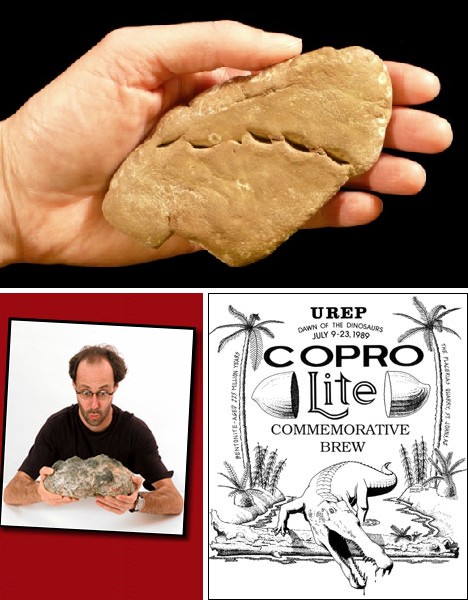Coprolites, or fossilized excrement, are commonly found throughout the world – somewhat surprising considering the ephemeral nature of the source. Though the process of mineralization has made them hard and (thankfully) odorless, coprolites can still tell us much about the extinct creatures who created them so long ago.
Living In A World Of Poop
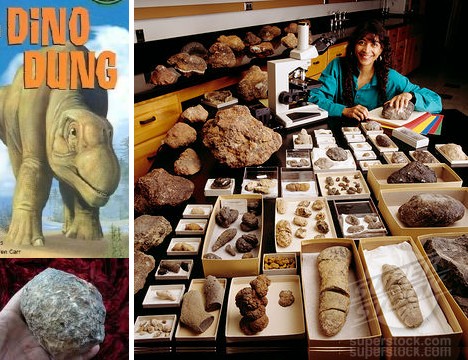 (images via Mamoritai at top and ryanzz above)
(images via Mamoritai at top and ryanzz above)
If one considers the number of living creatures who have walked, trod, swam and flown through Life’s billion-year reign, it’s a wonder we’re not up to our eyes in excrement today! Or maybe we are and just don’t know it. When excrement fossilizes, minerals replace the organic matter and to the casual observer the result (a coprolite) is indistinguishable from a rock, stone or pebble. Paleontologists and the rather more specialized Paleoscatologists, however, know turds from treasure when they see them. Sometimes, in fact, the former can be the latter!
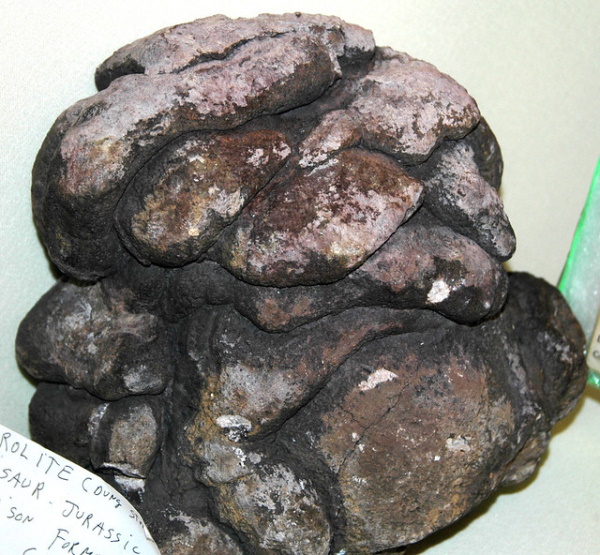 (image via James St. John)
(image via James St. John)
Karen Chin is one of the world’s most well-known paleoscatologists – she’ll understand if you don’t want to shake hands. Chin is the curator of paleontology at the University of Colorado Museum in Boulder (no pun intended) and her work with dinosaur coprolites has enlightened us to some important aspects of dinosaur behavior and lifestyles.
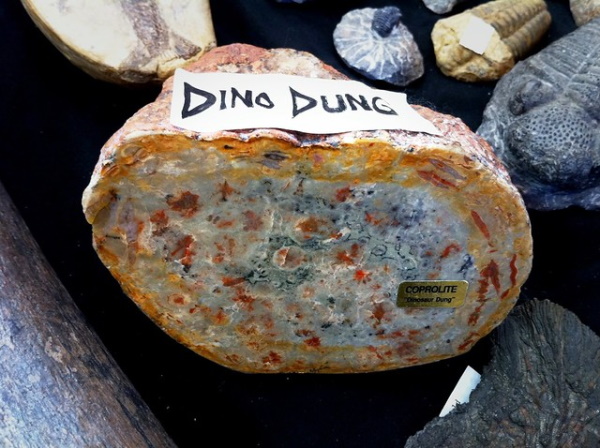 (image via Paul Williams)
(image via Paul Williams)
For example, Chin noted worm tracks in coprolites that indicated the big beasts were afflicted by worms and other intestinal parasites. She also discovered bones – both whole and crushed – in T Rex’s fossil dung that indicate the dainty-fingered dino wasn’t a dilettante when it came to downing its dinner.
Ex-Stinkers From The Extinct
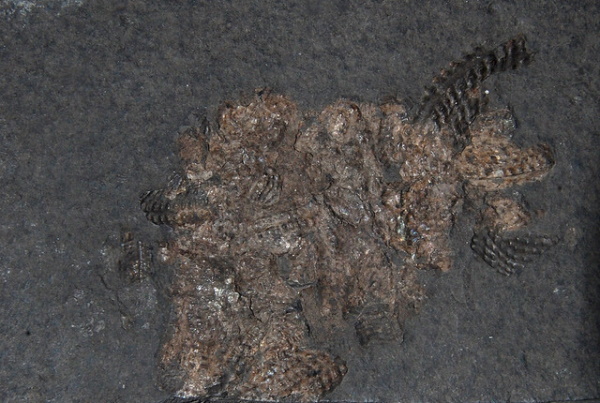 (image via Gyik Toma)
(image via Gyik Toma)
Coprolites have been found to have come from all manner of creatures, great and small, fish or fowl, but dinosaur coprolites seem to have inspired the most interest and fascination. Perhaps seeing their poop brings these large, fearsome creatures down to size, so to speak. Maybe it’s just that for most of us excreta is a passing thing – yet these dino dumps appear pretty much “as left” even though they first saw the light of day tens of millions of years ago.
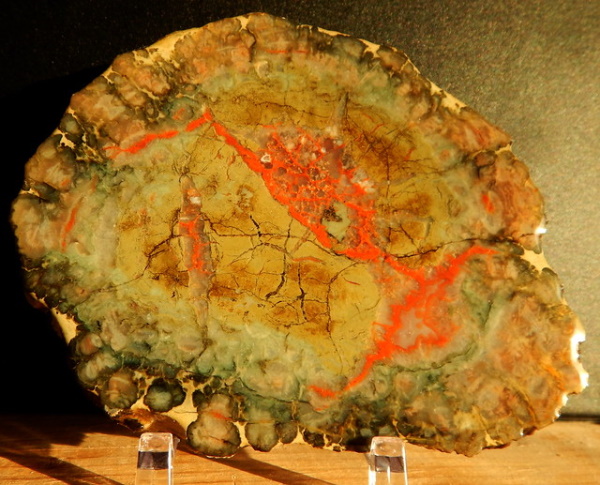 (image via Mike Beauregard)
(image via Mike Beauregard)
Paleoscatologists state that coprolites from carnivores are more easily preserved than those from herbivores – a somewhat surprising fact given that some of said plant-eaters were the largest creatures to have ever walked the Earth. Cretaceous carnivores were no lightweights however, and that goes for their dung as well.
Ground Sloths: Paleofeces Of The Pleistocene
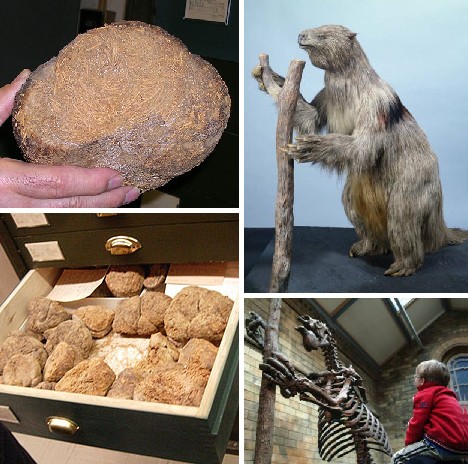 (image via Grand Canyon National Park)
(image via Grand Canyon National Park)
Giant Ground Sloths were once relatively common in North and South America, and were the poster kids of the megafauna. Some species weighed up to 5 tons and stood up to 20 feet tall. Though most giant ground sloths died out thousands of years ago, a few may have survived in Cuba and on some Caribbean islands up until the mid 16th century. These massive creatures liked to make their dens in sheltered caves – those in dry or desert regions contain remarkably preserved samples of their dung.
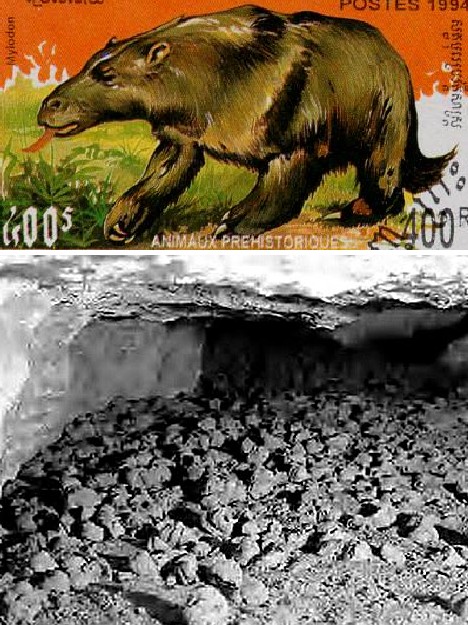 (image via Grand Canyon National Park)
(image via Grand Canyon National Park)
These massive creatures died out too recently for their dung to become completely fossilized as coprolites. Instead, what friable droppings remain are described as “paleofeces”. Samples found in Arizona caves have been extremely well preserved, and a cave in Chile was found to contain not only paleofeces but surprisingly fresh-looking sloth skin and hair. The photo above shows the interior of one of the best-known Arizona “sloth caves” with piles of dung scattered across the cave floor – not a candidate for a Good Housekeeping profile. No recent, color photos of the cave exist because a careless human smoker accidentally started a fire in the cave which consumed most of the flammable dung.
When Poop Mines Were Goldmines
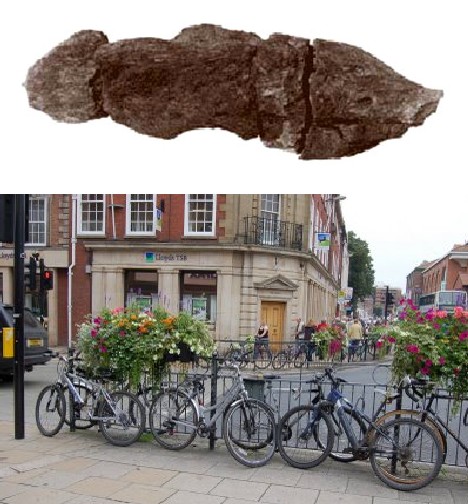 (image via Jim Linwood)
(image via Jim Linwood)
Not the most prestigious address perhaps, but the sign above marks a curious chapter in British history: the Great Coprolite Rush of 1849! It seems that in the early 1840s, coprolites aplenty were discovered in the hills of Suffolk, England. Processing with sulfuric acid released copious amounts of phosphates which were used for fertilizer. Most of the refining took place in the city of Ipswich, where the above street sign is located.
 (cropped image via Jim Linwood)
(cropped image via Jim Linwood)
The coprolite industry declined in the 1880s when other, less expensive methods of producing phosphates were discovered but Ipswich holds dear to its unusual claim to fame – and woe be it that anyone call the town a dump.
Polishing A Turd
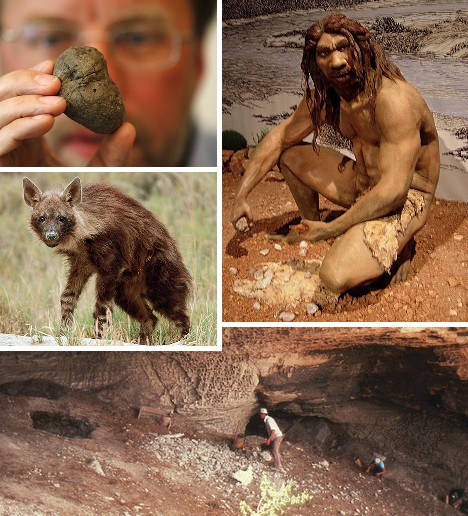 (image via Jessa and Mark Anderson)
(image via Jessa and Mark Anderson)
Who says you can’t polish a turd? Some may be familiar with jewelry made from polished dinosaur bones but coprolite jewelry is also available from the same manufacturers – and is often quite beautiful. Thank the natural process of mineralization for providing the coprolites with such a wide range of contrasting and complementary colors… and thank the dinosaurs for taking time out to produce those gaudy baubles in the first place.
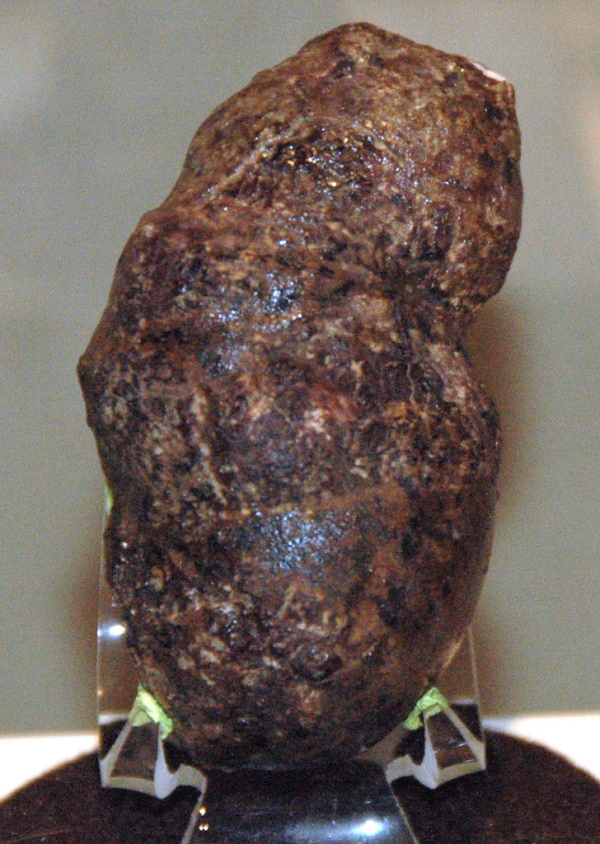 (image via James St. John)
(image via James St. John)
Whew, I need a break, and not that kind of break if you know what I mean. Writing about poop can leave one feeling flushed, pooped even, but it does stimulate some speculation such as: how appropriate it is that remains… remain? Coprolites offer us a unique way to get down & dirty with the daily details of ancient life – without all the actual down & dirty-ness working with fresh pre-coprolites entrails. I mean entails. That’s it, I’m outta here.



